
Salty Sam’s Fun Blog for Children
Number 380
Frogs and Toads
Hello Everyone

Have you ever heard the phrase ‘build it and they will come’.
Well, this certainly applies to wildlife sanctuaries.
You can set aside an area of ground, large or small, for wildlife and it will come and live in it without any further human help.
The food chain in nature starts with soil and water. Without these being clean and habitable, wildlife cannot thrive.
The next step up on the food chain will be micro-life and fungi and plants and invertebrates.
lnvertebrates are creatures without spines (backbones) and include insects.
lnsects have six legs. Centipedes are invertebrates but are not insects.
Once invertebrates have a place to live, birds and small mammals will come to eat them.
Where there is food and also places to live, birds and small mammals will come to stay.
Bill and Bob made a frog pond in their garden a while back and it was very successful. Frogs moved into it in no time at all. Where did they come from and how did they know the pond was there?
We don’t know. But Bill and Bob’s mum noticed that there were fewer slugs in the garden after the frogs moved in!
Frogs are of course not mammals. They are amphibians. They spend part of their life in water and part on dry land. They are vertebrates because they have a spine.
They absorb water into their bodies through their skin and so they have no need to drink. Frogs do not have waterproof skins like we have, in fact they take both air and water through their skins. To stop all the moisture from inside their bodies escaping, frogs have to keep their skins damp. They can breathe through their skin but they also use their lungs.
At this point, l must tell you one of Bill and Bob’s jokes. l did promise them that l would…
Did you hear about the frog that was kept in a tank at the back of a classroom?
He was very proud of himself because he thought he was teacher’s pet!
But joking aside, a lot of teachers really do show children how tadpoles turn into frogs by keeping some in tanks in classrooms.
Frogs start off as spawn, hatch into tadpoles and eventually grow into frogs. You may have had a tank of spawn in your classroom at one point and watched the progress of the tadpoles that hatched out of it.
Then they really need to start living outside so that they have more room to jump around. They have very powerful back legs which are much longer than their front legs.
Frogs tend to live in quite shallow ponds. These are easy to make in your garden. lt is a frog’s habit to live in temporary pools that eventually dry up. They can even breed in puddles and ditches.
No fish live in these kinds of ponds. This means that the young tadpoles won’t be eaten by them.
Toads tend to live in deeper water. Fish won’t eat their young because they are toxic to them. Bill and Bob have no toads in their pond because it just isn’t deep enough.
Toads visit deep ponds to breed and come back to these same ponds year after year. Some people try to help toads at certain times of year by putting up notices to warn drivers to slow down and be careful of toads crossing a road.
The young toads change from aquatic herbivores to air-breathing, land-crawling carnivores in just a few weeks. They grow arms and legs and their tails are absorbed into their bodies. Their back legs are longer than the front arms, but not much.
Their insides change too.
Toads have dry, warty skin and tend to crawl along the ground instead of hopping like frogs can. Toads spend most of their lives on dry land under logs and rocks. They live alone, not in groups.
This is called being solitary.
Neither frogs nor toads have a tail.
Frogs live up to about 8 years whereas toads live up to about 12 years. Toads have been known to live up to 40 years in captivity! That is a great age for a small creature.
However, amphibians don’t do very well in very cold winters.
Amphibians are cold-blooded which means that their body temperature is the same as their surroundings. They hibernate in burrows or the mud bottoms of ponds. But even so, many days of severe cold weather will produce a high mortality rate (that means that a lot of them will die).
Loss of habitat can be a big problem for frogs and toads, there can be fatalities on roads as well and of course there are animals that will want to eat them.
Frogs and toads have very bulging eyes. This means they have good all-round vision to help see danger coming. They are often dull-coloured in order to camouflage themselves when they want to hide away; and the Common Toad has an irritant in its skin which stops other animals wanting to eat it.
Frogs can hear under the water as well as above it.
There are two kinds of toads in Britain. The Common Toad is found in many parts of the country but not in lreland. The Natterjack Toad is found mainly living on coastal dunes and heath land in East Anglia and Northwest England.
There are frogs and toads in other countries too and they can be quite different.
Some frogs will never enter the water, some live in rivers, some make burrows in the ground and some live in trees.
Some frogs live high in the trees in the rainforest. There is enough moisture dripping from the trees to keep their skin damp. They have special suction pads on the tips of their toes to help them climb the slippery bark.
Some tree frogs never come to earth.
The gliding frog has very large webs on its feet to help it glide through the air when it jumps.
Some frogs are very colourful and some are extremely poisonous.
Golden poison dart frogs in Colombia, in South America, are the most poisonous frogs of all. Each frog has enough poison in its skin to kill 1,500 people. The local lndian population use this poison to tip lethal hunting darts.
When animals hibernate they will be in a state called torpor.
Some frogs can survive being frozen in ice by storing large amounts of glucose inside themselves. This will stop their internal organs from freezing even though there are ice crystals forming under their skin. When they warm up, the heart will start beating again and the frog will start breathing again too.
Frogs are found everywhere except in the Polar Regions. Most species are found in tropical regions.
Frogs have been around for many millions of years.
There are thousands of species.
The largest frog in the world comes from West Central Africa. lt is called the Goliath frog.
lt lives in tropical Africa and its body may be as long as 36cm/14 inches long but with its legs stretched out it is more than double that length.
Some frogs can be smaller than a centimetre.
Some frogs and toads have a sticky tongue. They can be very long tongues that are attached to the front of their mouths. They flip their tongue out to catch insects so fast that you would be lucky to see it.
The frog swallows its prey whole; it doesn’t do much chewing. lts teeth are used mainly for just holding prey before it is swallowed.
Each species of frog has its own croak sound. Some are so loud they can be heard a very long distance away.
Luckily Bill and Bob’s frogs are not that noisy.
lf you like my blog, please support it by telling all your friends and followers about it.
Thank you!
And see you again next Fun Friday!
Love and kisses
Salty Sam

www.christina-sinclair.com


Bill and Bob’s Joke of the Week![]()
![]()
Bob: What position did they offer the frog when he went to the hotel to get a job?
Bill: l don’t know. What position did they offer the frog when he went to the hotel to get a job?
Bob: The bellhop!

Salty Sam © Christina Sinclair 2015
Unauthorized use and/or duplication of material from this blog without express and written permission from this blog’s author and owner is strictly prohibited.
Links may be used to www.christina-sinclair.com

Picture Gallery
 Tadpoles swim under water
Tadpoles swim under water
 The last thing a tadpole does is absorb its tail into its body
The last thing a tadpole does is absorb its tail into its body
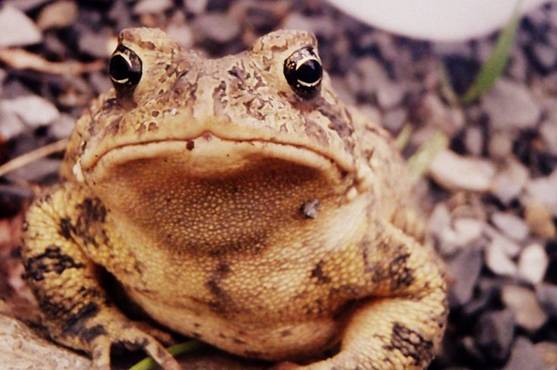 Toad
Toad
 Green tree frog
Green tree frog
 Poisonous frogs are very often brightly coloured
Poisonous frogs are very often brightly coloured
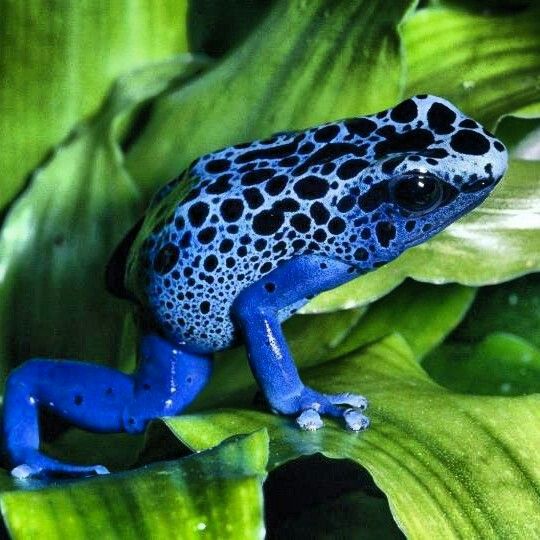 Frog from Central America
Frog from Central America


 THE SALTY SAM NEWS DESK
THE SALTY SAM NEWS DESK

I have more news this week about Bill and Bob’s idea to start a money-making business.
Their parents had not been happy about the schemes the boys had thought of, but Auntie Alice had come up with an idea that everyone was happy about.
What was more Emily was invited to join in too.
Auntie Alice said that the children could join in with her business at ‘sort of business partners’.
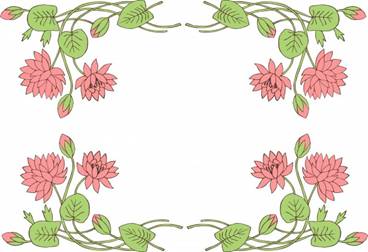
She explained to them that there was so much work to do around the cottage nowadays that she could really do with some help and if they were willing to work hard she would pay them money for their efforts.
She had to look after the doves and chickens as well as all her other pets every day.
She had to inspect her bee hives every week. She was setting some more up this year.
There was so much work to do in the garden at this time of year as well to keep it looking nice.
There were things to sow and things to plant and a lot of netting to be put up over trees and other plants to keep the birds off her fruit. There would be lots of fruit and vegetables to be harvested.
If it was going to be another dry summer, there would be lots of watering to do as well.
There was produce like fruit, vegetables and even flowers to be carried to Betty Clutterbuck in the Rocky Bay Tearooms and Sid and Ethel in the Rocky Bay Café and Reg and Ruby in the Rusty Anchor Inn.
And what was more she had agreed with the Rocky Bay Guest House to provide a fresh flower arrangement for their reception desk very week too.
And on top of all that, she had decided to start making products from beeswax that she was going to set out in a display case in the Rocky Bay Tea Rooms. She might even knit some baby clothes and put them in their as well.
Betty Clutterbuck would get a commission (that means a percentage of money) for all the things she would sell to the customers that came into the tea rooms and saw the items on display. Betty was setting a special display case up for all the items.
Auntie Alice would show the children what needed to be done and how to do it.
She would give them what was called ‘at the elbow teaching’.
She said that sometimes somebody showing you how to do something is much easier than learning how to do it from a book. There would be lots of things for the children to learn.
The children were very excited!


*********************
TO ADVERTISE ON THIS BLOG
PLEASE CONTACT:
christina.sinclair.ads@aol.co.uk
*********************

 Quick Quiz
Quick Quiz
Green is the colour of love, hope and nature.
Can you fill in the missing letters to find types of green?
- o _ _ _ e
- a _ _ _ e
- l _ _ e
- e _ _ _ _ _ d
- g _ _ _ s
- t _ _ l
- l _ _ f
- j _ _ e
- s _ _ e
- a _ _ _ _ _ o
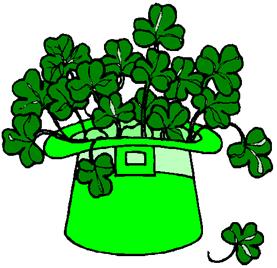
Shamrock



lt’s the Weekend!
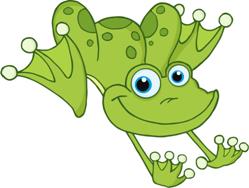
HOW TO MAKE A PAlR OF BABY SHOES
These shoes are very simple to make, if you would like to make a present for someone quickly.
BABY SHOE (KNIT TWO)
Using 4mm knitting needles and pastel-coloured dk yarn cast on 47 stitches
Knit 16 rows of moss stitch as follows:-
Slip 1 (knit 1, purl 1) repeat the last 2 stitches to the end of the row
Cast off 18 stitches at the beginning of the next 2 rows (11sts)
Knit 26 rows in moss stitch (44 rows from the cast on edge)
Cast off
TO MAKE UP
- Pull on side of the ‘T’ down to the base (cast on edge) and then the other and sew into place
- Sew up the sides of the shoe
- Turn inside out
- Make the second shoe up in the same way but cross the tops over in the other direction
- Sew a button or bow onto the top of the shoe

Please note that the material on this blog is for personal use and for use in classrooms only.
It is a copyright infringement and, therefore, illegal under international law to sell items made with these patterns.
Use of the toys and projects is at your own risk.
©Christina Sinclair Designs 2015


Quick Quiz Answers
- olive
- apple
- lime
- emerald
- grass
- teal
- leaf
- jade
- sage
- avocado
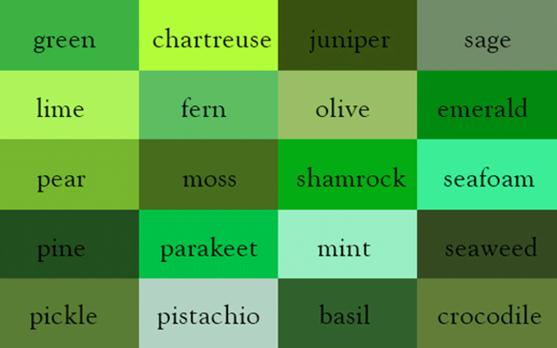
More greens
 Bottle green
Bottle green

Dancing Google Shamrock


